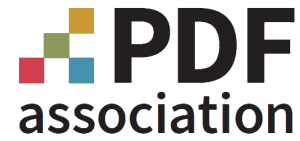
Announcing iText DITO 2.0: raising the bar for data-driven, template-based PDF generation
Excerpt: The iText DITO Manager brings a workspace control room experience and a central repository for all your templates, data collections and resources.
About the author:

Contents
On June 18th, 2019, we announced the release of iText DITO, our revolutionary data-driven template-based PDF generator. Designed to be highly-scalable and enterprise-grade, it’s also extremely user-friendly, meaning the process of designing templates and configuring the data binding and conditional logic required for your documents does not rely on available resources in development teams.
Since then, we’ve continued its development, releasing regular updates adding powerful new features such as conditional content and formatting, barcode and QR code generation from data, improved API capabilities, help with generating PDF/UA compliant documents and much more. We’ve also achieved significant wins with customers, who appreciate the power and flexibility of iText DITO, and the time it saves when developing data-driven templates.
With the browser-based iText DITO Editor we provided an intuitive WYSIWYG visual template design experience, together with drag-and-drop data binding. While on the backend, the iText DITO SDK offered a simple yet powerful low-code API based on our iText 7 technology, enabling standards-compliant, high-quality PDF generation without any fuss.
Now, almost two years later we’re readying the release of iText DITO 2.0. Here at iText, we take our versioning very seriously. So, when we say 2.0, we mean it. This is the start of a whole new chapter in the iText DITO story, and sets a new standard for data-driven, template-based PDF generation.
Introducing the iText DITO Manager
Key to this is the introduction of the new iText DITO Manager, a brand-new component which brings a workspace control room experience and a central repository for all your templates, data collections and resources. This new management experience allows you to efficiently manage the full lifecycle of your templates and all their dependencies, like data collections, images, stylesheets, and fonts. Plus, with the inclusion of promotion paths, versioning and user management, there is no limit to the number of templates you can effectively manage.
The iText DITO Editor has been optimized to integrate with the Manager experience and it received a UI make-over as well as some interesting new features. Likewise, the PDF generation REST API has also been optimized to better integrate with iText DITO Manager. But we’re getting ahead of ourselves. Let’s take a quick look at what the iText DITO Manager enables you to achieve before we go into the other changes in iText DITO 2.0. 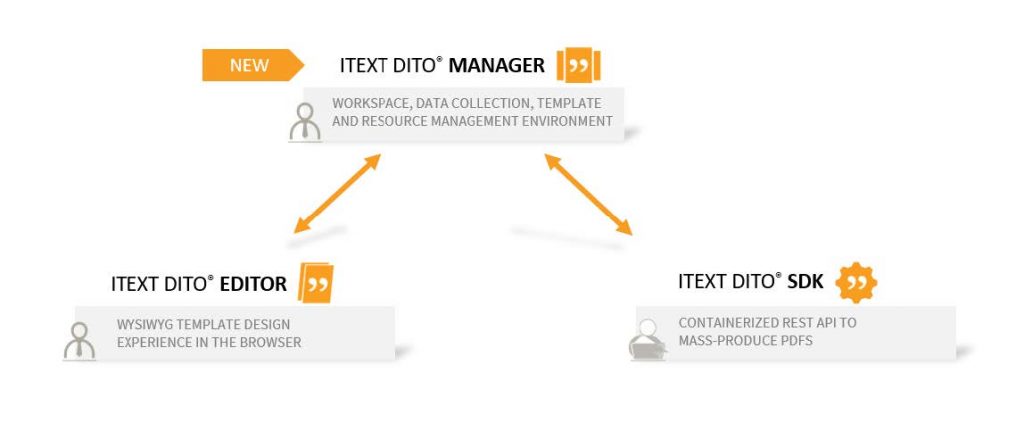
Manage Your Workspace
The iText DITO Manager introduces the concept of a workspace in which you store and deploy templates, data collections and additional resources. The workspace manages users and security roles, connected SDK instances and your template promotion pipeline.
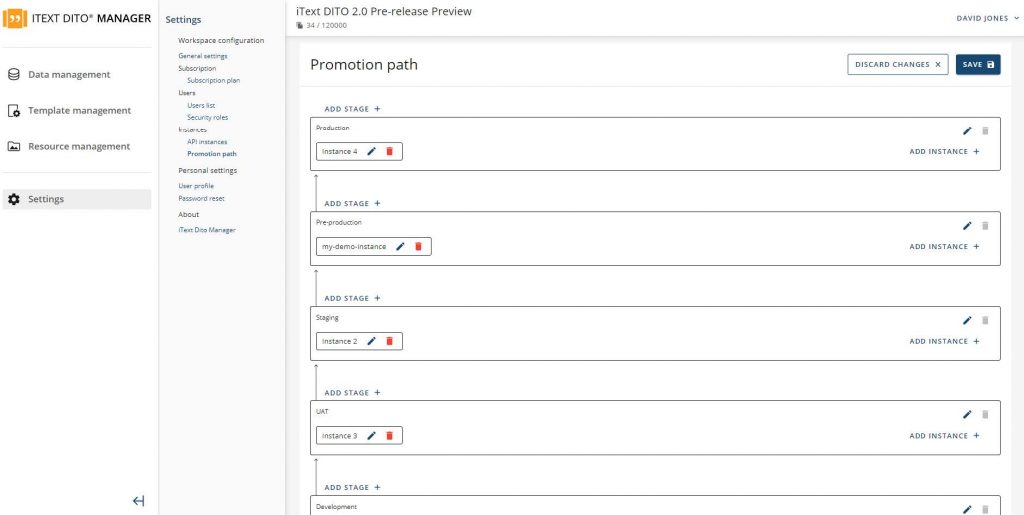
Manage Your Data
In the Data management area, you can create and maintain re-usable data collections. These are data structures extracted from JSON files you upload, that can be associated with one or more templates. To preview the templates with relevant data at design time, you can add data samples to data collections. There’s versioning, permission management and dependency control on all data collections you create.
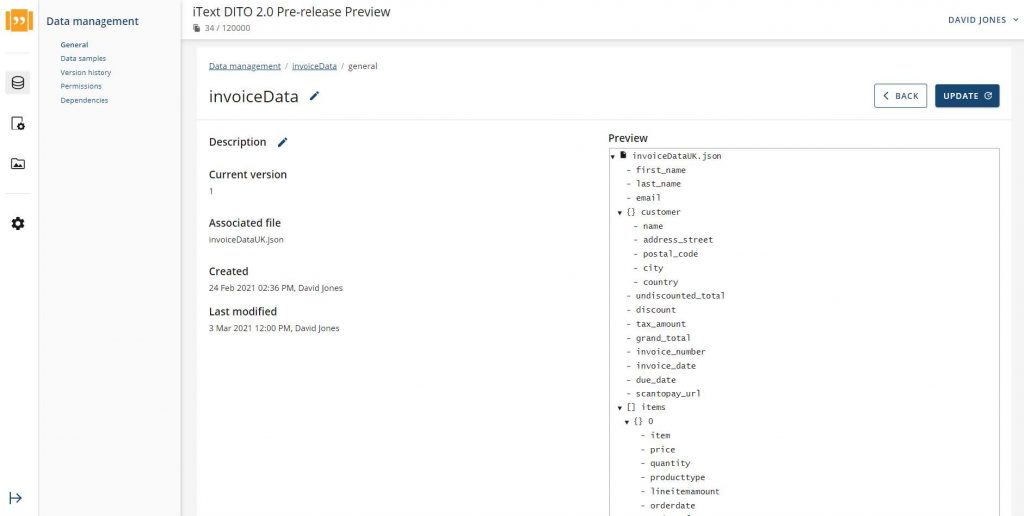
Manage Your Templates
iText DITO Manager’s primary focus is template management, and in iText DITO 2.0 there are four different types of templates: the self-explanatory standard, header and footer templates, and compositions, which are combinations of the other three types of templates. Compositions allow you to reuse headers, footers, or body sections across a variety of different output documents. Just like data collections, templates have a full audit trail, permission settings and a dependency list. You can promote them from dev to production along the different stages of your workspace’s promotion path. As you do so, they are automatically deployed to the connected SDK instances.
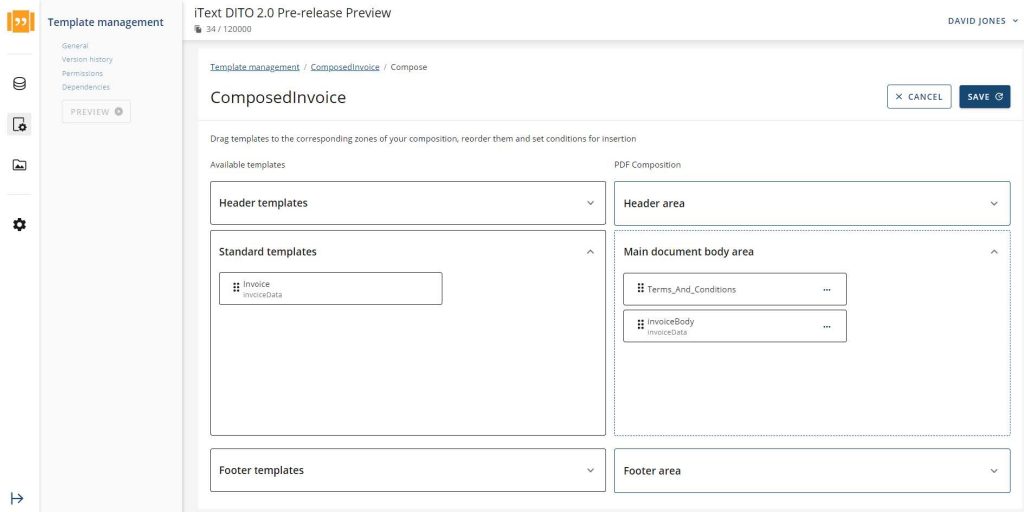
Manage Your Images, Stylesheets and Fonts
Templates often contain more than just content. Layout resources like images, stylesheets and fonts are also managed in iText DITO 2.0, meaning they can be reused across multiple templates. From a content management perspective it’s now possible to quickly update the look and feel of multiple templates at once, by updating the images and styles they share.
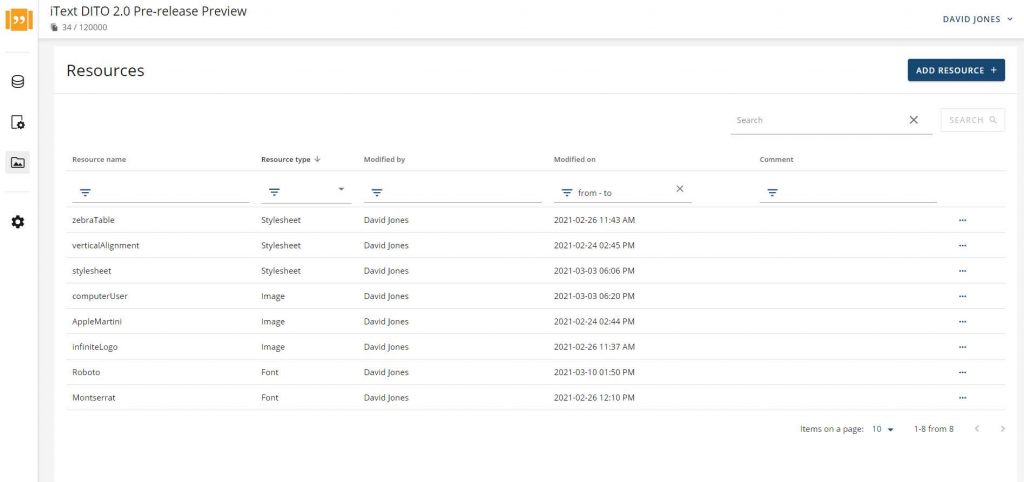
iText DITO Editor – Revamped and Extended
iText DITO 2.0 isn’t just about the new Manager component though. For one thing, the iText DITO Editor has received a full make-over. All familiar functionalities are still there and easier to use than ever before, however we’ve optimized the experience to co-exist with the Manager. The 2.0 release also contains new capabilities, such as automated table of contents and bookmark creation based on template headings.
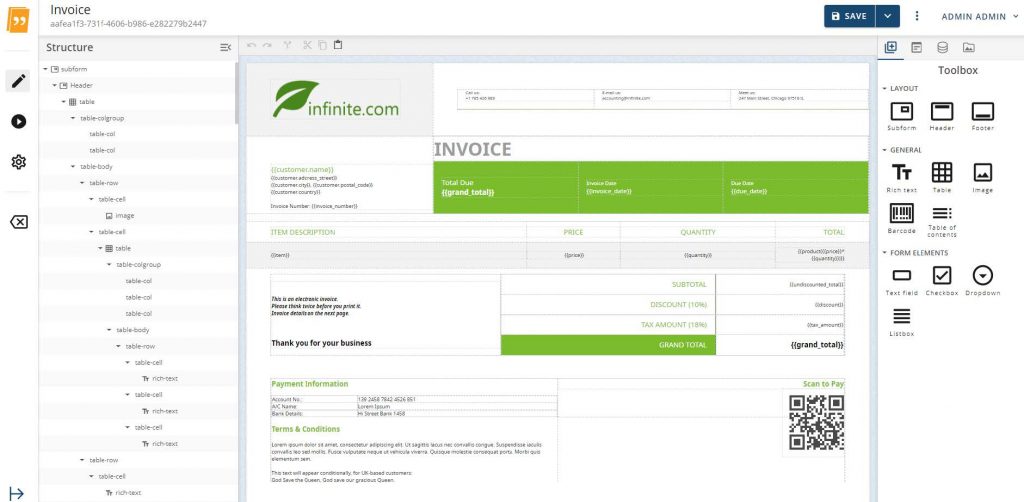
SDK integration with iText DITO Manager
The changes to the iText DITO SDK mainly revolve around integration with third party content providers such as the iText DITO Manager. Two main areas of improvement are:
- Application configuration: in iText DITO 2.0 you can set up a YML configuration file in the config folder of the SDK container. In this file you can enable or disable interaction with third party content providers and control timeout settings for template operations. You can also use this file to set a maximum retention time for PDF production reports.
- Authentication: in iText DITO 2.0 you can set up a security proxy sidecar container to handle authentication of requests. The image for such containers will be available through Docker Hub. In the config folder you can set up a YML configuration file that describes an HTTP header and a token that is expected on every request to one of the SDK’s endpoints.
Containerized deployment
iText DITO 2.0 will be deployed in a series of Docker containers, for which images will be available through Docker Hub. A standard deployment of iText DITO 2.0 contains these containers:
- One iText DITO Manager Database container,
- One iText DITO Manager Frontend container,
- One iText DITO Manager Backend container,
- One iText DITO Editor container,
- One or more iText DITO SDK containers,
- Optionally, one or more iText DITO Security Proxy sidecar containers.
Java SDK deprecation
Because of this new containerized approach to deploying iText DITO 2.0, the tight integration between the new iText DITO Manager and the iText DITO SDK, and all the security and configuration benefits this brings, we decided to deprecate the native Java API. iText DITO 2.0 will only support the REST API, however, iText will continue to support the native Java SDK of version 1.5 for the time being. Going forward though, we think the platform independence of the REST API offers more flexibility for developers.
iText DITO 2.0 webinar
On March 30th, Erwin Buggenhout, the iText DITO Product Manager gave a firsthand look at the groundbreaking new features in iText DITO 2.0. Don’t hesitate to watch our webinar recording.
Still have questions?
If you are interested in learning more or have additional questions, contact us
If you are interested in learning more about iText DITO, click here
Original Post: https://itextpdf.com/en/blog/technical-notes/announcing-itext-dito-20-raising-bar-data-driven-template-based-pdf-generation
